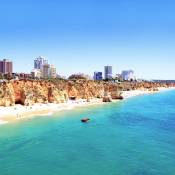45 Best Things to Do in Parque-Das-Nacoes
Showing 1 - 15 of 45
The Lisbon Oceanarium is one of the world’s largest aquariums and the largest indoor aquarium in Europe. It is located on a pier at the Parque das Nações, which was the exhibition grounds for the Expo 98. The Lisbon Oceanarium makes a fantastic family day out with thousands of fish, seabirds and mammals to see in one enormous central tank that is the equivalent of four Olympic sized swimming pools.
As well as fish there are a whole host of marine organisms and animals including penguins and seagulls, otters and sharks,...
Reputed to be the oldest building in Lisbon, the cathedral (Sé de Lisboa) certainly has the appearance of being built to last. Compared to the frivolous Manueline architecture of the Jeronimos Monastery the Romanesque lines of the cathedral appear quite austere. Along with castellated walls and arrow slits in the towers Lisbon Cathedral, like other Portuguese cathedrals of the period, had the appearance of a fortress as much as a church.
Work began on the cathedral in 1147, the same...
The Elevador de Santa Justa (Santa Justa lift) is a 47 metres (145ft) Lisbon's only remaining vertical elevator and connects Rua do Ouro in the Baixa to Largo do Carmo near Bairro Alto. It was built, along with several other cable powered urban lifts and funiculars, in a time before cars and the Metro. Whilst this may sound quite utilitarian and uninteresting nothing could be further from the truth.
Inaugurated in 1902, the elevator is a cast iron tower decorated with Neo-Gothic style filigrana details. Some say it is reminiscent of the Eiffel Tower in Paris, and this is not...
World famous museum with collections of Oriental, European and Classical Art. Regular exhibitions

Lisbon number 12 tram dziambel | BY-SAIt only takes around 20 minutes to complete the full circuit of Lisbon’s number 12 tram route, but climbing into one of the iconic, yellow Remodelado coaches can be a fun way of getting to see the Baixa and Alfama districts and taking in sights such as the Se Cathedral and St Anthony’s Church.
The tram doesn’t get to build up much speed on the journey; there are quite a few steep inclines in this part of town, and there can be some pretty hair-raising sharp turns and sudden jolts. But this, together with the sound of the brakes shrieking and the people-watching opportunities are,...
The Church of Santa Engracia is one of Lisbon's finest religious buildings. Located close to the Monastery of São Vicente de Fora in the Alfama district, the white dome rises high above the surrounding jumble of cobbled streets.
The current building dates back to the 17th century although there had been previous churches on the site for around 100 years. As with the National Pantheon these churches were dedicated to Santa Engrácia, a 4th century martyr from Braga. Work began on the present day structure in 1681 after the...
Imposing 17th century monastery overlooking Lisbon. Built in the Mannerist style the monastery's Pantheon contains the tombs of the House of Braganza.
One of the first and definitely grandest example of Manueline architecture to be found anywhere in Portugal; the Jerónimos Monastery in Belem is the embodiment of Portugal's exuberance during the Age of Discoveries. This is recognised in by the UNESCO World Heritage monument the monastery received in 1983.
Constructing such an opulent and grand building as the Jerónimos Monastery would have been extraordinarily expensive. However, it is no coincidence that the monastery was built to give thanks for the success of Vasco da Gama's...
Set in a commanding position overlooking Portugal's capital, the Castelo de São Jorge dates back to Moorish times. The existing citadel is mainly medieval and contains the ruins of the royal palace and gardens
10. Lisbon Zoo
Founded in 1884 the zoo now contains around 2,000 animals with more than 300 species are represented. Includes the conservation and breeding of endangered species, as well as scientific research, and educational and recreational activities
The ruined Convento do Carmo is situated in the Chiado district of Lisbon looking out over the city centre below. Visible from much of the downtown Baixa district of Lisbon the skeletal remains of this once great Gothic church are a lasting reminder of the events of that fateful day in 1755. Once the finest example of a Gothic church to be found in Lisbon the ruins of Carmo now serve as a poignant memorial with the pointed arches between the pillars rising up into the sky above.
It was All Saints Day and the church attached to the convent was...

Vasco da Gama Bridge from Sacavem jad99 from Graz, Austria | BY-SAThis striking bridge spans the Tagus River at its widest section in the city of Lisbon connection the northern suburb of Sacavem to the historical south bank of the river near Montijo. The Vasco da Gama Bridge is a vast stricture that is 17 Km (11 miles) long.First opened in 1998 it is still the longest bridge in Europe. To this day it remains as one of the longest in the world with 10km of it passing over water and a suspension section that allows ships to pass through close to the Lisbon side.
Built to last it is said that the bridge can withstand wind speeds of up to 250 km/h (...

Praça da Figueira - Lisbon Bernt Rostad | BY-SAPraça de Figueira is a large square in the centre of Lisbon, one of three in the Baixa district. The name translates as fig tree square, although there is little sign of the original trees. The square was created in the 18th Century after the Lisbon earthquake of 1755 had destroyed the buildings that had stood on the site beforehand (as well as much of the rest of the city). It had previously been the location of Lisbon’s main hospital; the Real de Todos os Santos. Plans to rebuild...
14. Praça do Rossio
If you’re looking for the heart of Lisbon, this centrally located square with its traditional Portuguese mosaic cobbles has been one of the city’s main plazas for centuries. Located in the downtown Baixa district it is officially known as Praça Dom Pedro IV, the locals prefer to use its old name, 'Rossio'.
The square features a large pedestrian area flanked by trees with numerous cafes, restaurants and touristy shops - not to mention some majestic buildings, two elegant, bronze fountains, which were imported from France in...
The earliest Jesuit church in Portugal and one of the first in the world, the Igreja de São Roque was built in the 16th century specifically for preaching. When built it was positioned beyond the walls of the city to cut it off from Lisbon and was used as a burial ground for those victims of the plague. It is one of the few buildings in Lisbon to survive the 1755 earthquake.
Pages

Parque das Nacoes travel guide »
In 1998 Lisbon was host to Expo '98, this provided the city with an opportunity to regenerate the riverside area to the east of the city.
The site was previously a neglected industrial area comprising of a petrol refinery and...

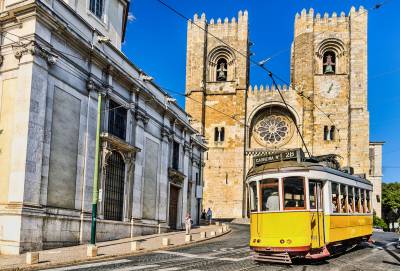




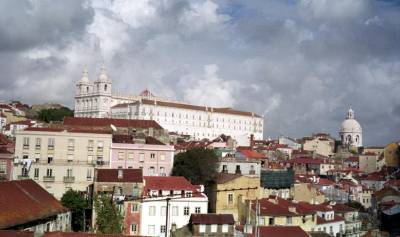





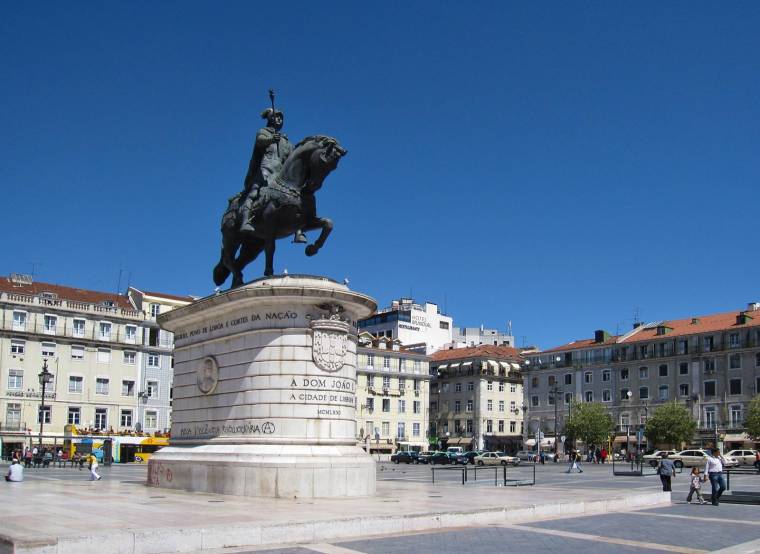


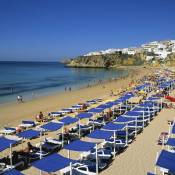 Albufeira
Albufeira
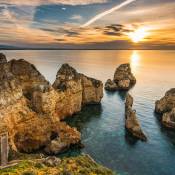

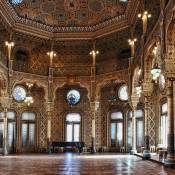


 Cascais
Cascais

